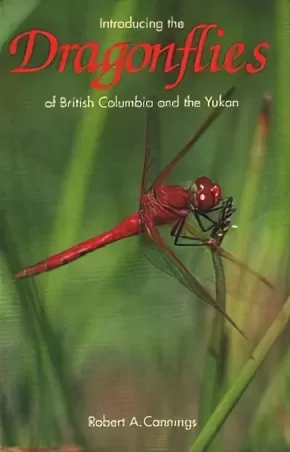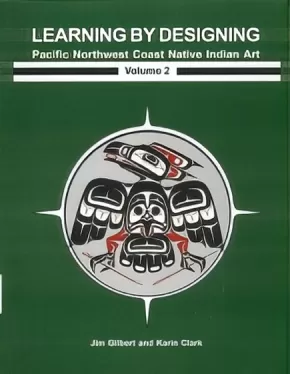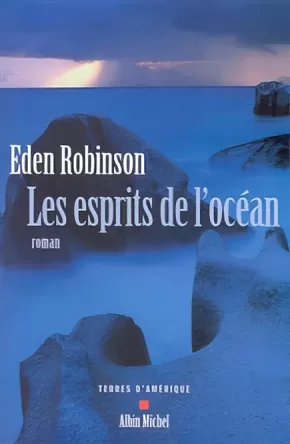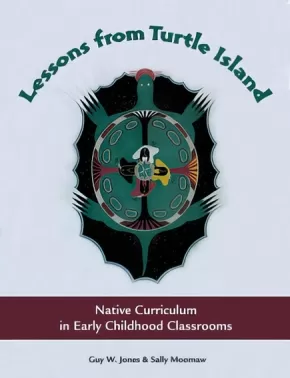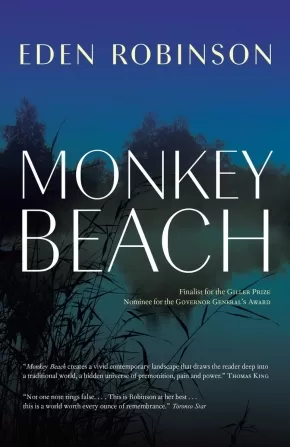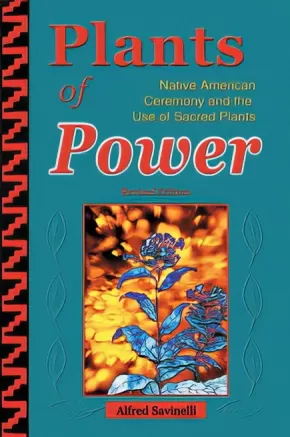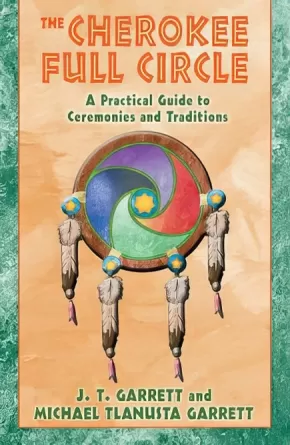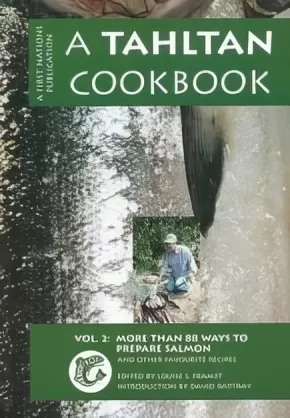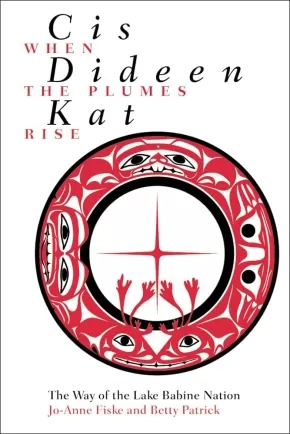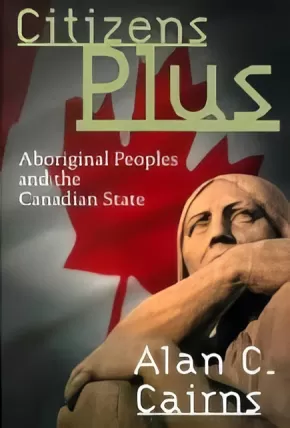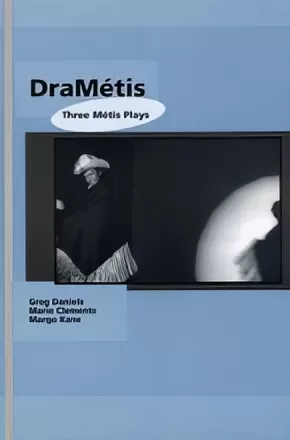Browse Books for Adults
Synopsis:
Birding and butterfly watching have been popular outdoor activities for decades. Now, dragonfly watching is catching on as a fascinating and enjoyable pursuit. Dragonflies are large, colourful insects with amazing and easily observed behaviour. Noted entomologist Dr Robert Cannings introduces students, naturalists and outdoor enthusiasts to the world of dragonflies. In this compact book, he shows readers where to find dragonflies and how to watch and study them in the field.
In the introduction, Dr Cannings outlines the natural history of these insects - their structure, life cycles, habitats and behaviour. Then he describes the 88 species known in British Columbia and the Yukon, noting habitat preferences and distribution. To make identification easy, each description has one or more colour photographs and comparisons with similar species.
Synopsis:
This companion manual to Volume 1 puts First Nations art into deeper cultural context, providing Native Indian philosophy, knowledge and skills foundation, code of ethics, and interviews with a contemporary First Nations family, as well as some aspects of historical context and a description of the Potlatch. A full colour, 16-page creation story with 20 designs is included.
Additional topics include: contemporary design evolution with 50 examples, 20 designs to draw and paint, and a Quick Reference Chart containing over 100 designs.
Synopsis:
Perdue parmi les ombres froides des côtes de Colombie britannique, Kitamaat est la principale localité de la réserve indienne des Haislas. C'est dans ce village du bout du monde, là où la terre glisse à la rencontre de l'océan Pacifique, qu'est ancré le roman d'Eden Robinson. Ce récit envoûtant est celui d'un drame qui plane et menace une famille et une communauté : un jeune homme, parti pêcher en mer, est porté disparu après une violente tempête. Au coeur de l'attente et de l'incertitude, Lisamarie, sa soeur aînée, est bien décidée à découvrir la vérité. Comme autant de présences invisibles, fantômes et esprits issus de traditions ancestrales vont accompagner sa quête et se frayer un chemin dans sa vie.
À la lisière du rêve et de la réalité, Les Esprits de l'océan, salué par toute la critique anglo-saxonne, est une véritable immersion dans l'univers baroque et puissant d'un écrivain de grand talent. Eden Robinson, une des nouvelles voix de la littérature canadienne, nous rappelle ainsi que les lieux autant que les personnes ont des histoires à raconter.
Educator Information
This book is available in English: Monkey Beach
Additional Information
368 Pages
Synopsis:
The first comprehensive guide to addressing Native American issues in teaching children.
Create a curriculum that reflects and honors the diversity of all people," Lessons from Turtle Island "explores Native American issues in preschool and early primary education. The authors-one Native, one white-offer guidelines for learning experiences that move children beyond embedded stereotypes.
Educator Information
"This is a great resource for those who are just beginning to work with Indigenous children and are concerned about teaching with authenticity. This resource very firmly guides educators through what is considered appropriate, and what isn't, from an Indigenous perspective in the classroom. Therefore it could be easily taken the wrong way and I would recommend that while using this resource that you openly have conversation with your Indigenous Education staff about what you're reading. Currently several of the Indigenous titles are out of print but they are such well known books that they likely can be found in your DRC." -Terri Mack
Age focus: 3 to 8
Synopsis:
Robinson''s mastery is confirmed in Monkey Beach, the first full-length work of fiction by a Haisla writer and an unforgettable story set in the wilds of the Pacific Northwest. This powerful novel reminds us that places, as much as people, have stories to tell.
Five hundred miles north of Vancouver is Kitamaat, an Indian reservation in the homeland of the Haisla people. Growing up a tough, wild tomboy, swimming, fighting, and fishing in a remote village where the land slips into the green ocean on the edge of the world, Lisamarie has always been different. Visited by ghosts and shapeshifters, tormented by premonitions, she can''t escape the sense that something terrible is waiting for her. She recounts her enchanted yet scarred life as she journeys in her speedboat up the frigid waters of the Douglas Channel. She is searching for her brother, dead by drowning, and in her own way running as fast as she can toward danger.
Circling her brother''s tragic death are the remarkable characters that make up her family: Lisamarie''s parents, struggling to join their Haisla heritage with Western ways; Uncle Mick, a Native rights activist and devoted Elvis fan; and the headstrong Ma-ma-oo (Haisla for "grandmother"), a guardian of tradition.
Haunting, funny, and vividly poignant, Monkey Beach gives full scope to Robinson''s startling ability to make bedfellows of comedy and the dark underside of life. Informed as much by its lush living wilderness as by the humanity of its colorful characters, Monkey Beach is a profoundly moving story about childhood and the pain of growing older--a multilayered tale of family grief and redemption.
Educator Information
Grades 10-12 BC English First Peoples resource.
Note: This novel contains mature subject matter such as drug use and depictions of sex and violence.
This book is available in French: Les esprits de l'océan
Additional Information
384 pages | 5.14" x 8.00"
Synopsis:
This comprehensive guide to the sacred plants traditionally used by Native Americans and other Indigenous peoples presents 14 significant plants, with information on their properties, growing conditions, and medicinal applications (incense cedar, red cedar, copal, juniper, lavender, mugwort, osha, pinon, white sage, desert sage, sweet grass, ceremonial tabacco, red willow bark and yerba santa). Descriptions of Native American ceremonies and rituals in which these plants play a central role are included.
Synopsis:
Historically, social work and psychology professions have pressured and coerced Aboriginal peoples to follow the euro-centric ways of society. The needs of Aboriginal peoples have not been successfully addressed by the helping profession due to a limited attempt to incorporate Aboriginal perspectives and practices of helping. Michael Hart briefly discusses colonization from an Aboriginal perspective, ontological imperialism, social work’s role in colonial oppression, and the dynamic of resistance. Seeking Mino-Pimatisiwin encourages Aboriginal concepts, values and perspectives to be effectively incorporated by helpers trained in counselling, supporting, and teaching disciplines.
Micheal Hart uses his own personal and professional experiences and that of other Aboriginal helpers. Throughout the book he outlines ways of adopting an Aboriginal Approach to helping. The closing chapter examines one such approach, the sharing circle, and how it can be used to guide practice with individuals, families, and groups in several contexts.
Additional Information
128 pages | 6.00" x 9.00"
Synopsis:
The Buz’Gem Blues is the third play in Drew Hayden Taylor’s ongoing zany, outrageous, often farcical examination of both Native and non-Native stereotypes in what is to become what he calls his “Blues Quartet.”
Marianne has talked her mother, Martha, into attending an Elders conference with her, where she is to be used as a resource person, even though Martha doesn’t believe she has anything to offer anyone. Held in a college setting, the keynote paper of the conference is a dissertation on “the courting, love, and sexual habits of contemporary First Nations people as perceived by Western Society,” delivered by none other than a “Professor Savage.” Just to keep the caricatures in balance, Savage’s nemesis throughout the action is a young Native man, replete with dark sunglasses and a Mountie coat, who goes by the name “The Warrior Who Never Sleeps.”
The Buz’Gem Blues is not a play about clichés with which we have become so familiar that we recognize them as stereotypes instantly, but rather about how our ritualized and institutionalized systems of maintaining and policing those clichés prevent us from recognizing our common humanity within each other.
Additional Information
128 pages | 5.50" x 8.50" | Paperback
Synopsis:
A comprehensive overview of Native American spiritual principles and their application for personal spirit-healing.
• Includes traditional sacred exercises, teaching tales, case studies, and suggested rituals for individual and group healing.
• Outlines the core principals of Native American traditional values and teaches how to apply them to the contemporary path of wellness and healing.
• Publication to coincide with annual Full Circle gathering in September 2002
The Four Directions, the four seasons, and the four elements that make up the sacred hoop of the full circle must be in right relationship with one another or disharmony will result. Native American ritual has always emphasized the restoration of balance through ceremonies that provide a forum for learning, transition, and expressions of personal growth. Now Cherokee authors J. T. and Michael Garrett share Native American traditions to explore interrelationships as a tool for growth and transformation.
The Cherokee Full Circle gathers techniques representing Native American cultures from across America--stories, exercises, and individual and group rituals--to teach the inherent dynamics of right relationship and apply them to the healing path. The authors provide a comprehensive overview of Native American spiritual principles and traditions and demonstrate how these ideas and methods can be applied universally to deal with life's situations--from depression and grieving to finding purpose and establishing positive relationships.
Synopsis:
Joseph M. Marshall’s thoughtful, illuminating account of how the spiritual beliefs of the Lakota people can help us all lead more meaningful, ethical lives.
Rich with storytelling, history, and folklore, The Lakota Way expresses the heart of Native American philosophy and reveals the path to a fulfilling and meaningful life. Joseph Marshall is a member of the Sicunga Lakota Sioux and has dedicated his entire life to the wisdom he learned from his elders. Here he focuses on the twelve core qualities that are crucial to the Lakota way of life--bravery, fortitude, generosity, wisdom, respect, honor, perseverance, love, humility, sacrifice, truth, and compassion. Whether teaching a lesson on respect imparted by the mythical Deer Woman or the humility embodied by the legendary Lakota leader Crazy Horse, The Lakota Way offers a fresh outlook on spirituality and ethical living.
Additional Information
256 pages | 4.88" x 7.76"
Synopsis:
The American Indian medicine wheel is an ancient way of creating sacred space and calling forth the healing energies of nature. Now, drawing on a lifetime of study with native healers, herbalist and ethnobotanist E. Barrie Kavasch offers a step-by-step guide to bringing this beautiful tradition into your own life--from vibrantly colorful outdoor circle designs to miniature dish, windowsill, or home altar adaptations. Inside you'll find:
Planting guides for medicine wheel gardens in every zone, from desert Southwest to northern woodlands
A beautifully illustrated encyclopedia of 50 key healing herbs, including propagation needs, traditional and modern uses, and cautions
Easy-to-follow herbal recipes, from teas and tonics to skin creams and soaps--plus delicious healing foods
Ideas for herbal crafts and ceremonial objects, including smudge sticks, wind horses, prayer ties, and spirit shields
Seasonal rituals, offerings, and meditations to bless and empower your garden and your friends, and much more
Practical, beautiful, and inspiring, The Medicine Wheel Garden leads us on a powerful journey to rediscovering the sacred in everyday life as we cultivate our gardens . . . and our souls.
Additional Information
368 pages | 7.34" x 9.03"
Synopsis:
People of the Tahltan First Nations of northern BC have had generations of practice in preparing salmon. Tahltans have lived along the Stikine River, a salmon-bearing river, forever. A Tahltan Cookbook Vol. 2: More Than 88 Ways to Prepare Salmon and other favourite recipes includes authentic, traditional salmon dishes as well as modern, adapted ones. We invite you to share in our celebration of salmon.
This book is more than just a cookbook. Included in this book are profiles of contributors, stories, and photos.
Educator Information
B.C. Science Supplementary Resource Gr.4- Life Science
This volume contains over 88 salmon recipes while sharing Indigenous culture in relation to the history of salmon and its importance to First Nations people.
Additional Information
112 pages | 6.00" x 8.75"
Synopsis:
The heart of the traditional legal order of the Lake Babine Nation of north-central British Columbia is the grand ceremonial feast known as the balhats, or potlatch. Misunderstood and widely condemned as a wasteful display of pride, the balhats ceremonies were outlawed by the Canadian government in the late nineteenth century. Throughout the years that followed, the Lake Babine Nation struggled to adapt their laws to a changing society while maintaining their cultural identity.
Although the widespread feasting and exchange practices of the balhats have attracted continuous academic and political interest since the nineteenth century, little consideration has been given to understanding the legal practices embedded within the ceremonies. Cis dideen kat, the only book ever written about the Lake Babine Nation, describes the customary legal practices that constitute "the way."
Authors Jo-Anne Fiske and Betty Patrick use historical and contemporary data to create a background against which the changing relations between the Lake Babine Nation and the Canadian state are displayed and defined, leading to the current era of treaty negotiations and Aboriginal self-government.
Through interviews with community chiefs and elders, oral histories, focus groups, and archival research, Fiske and Patrick have documented and defined a traditional legal system still very much misunderstood. Their findings include material not previously published, making this book essential reading for those involved in treaty negotiations as well as for those with an interest in Aboriginal and state relations generally.
Cis dideen kat was shortlisted for the 2001-2002 Harold Adams Innis Prize.
Synopsis:
In Citizens Plus, Alan Cairns unravels the historical record to clarify the current impasse in negotiations between Aboriginal peoples and the state. He considers the assimilationist policy assumptions of the imperial era, examines more recent government initiatives, and analyzes the emergence of the nation-to-nation paradigm given massive support by the Royal Commission on Aboriginal Peoples. We are battered by contending visions, he argues – a revised assimilation policy that finds its support in the Canadian Alliance Party is countered by the nation-to-nation vision, which frames our future as coexisting solitudes. Citizens Plus stakes out a middle ground with its support for constitutional and institutional arrangements which will simultaneously recognize Aboriginal difference and reinforce a solidarity which binds us together in common citizenship. Selected as a BC Book for Everybody.
Synopsis:
DraMétis is the first anthology to focus on the emerging discipline of Métis drama. The pieces have all been previously produced and highlight the diversity of Métis drama being written and performed in Canada.

